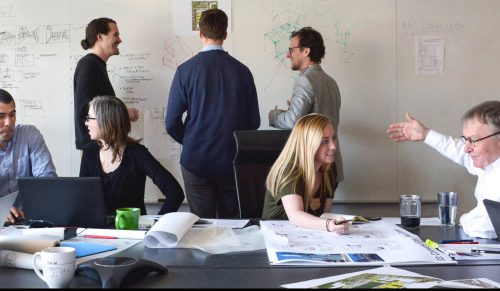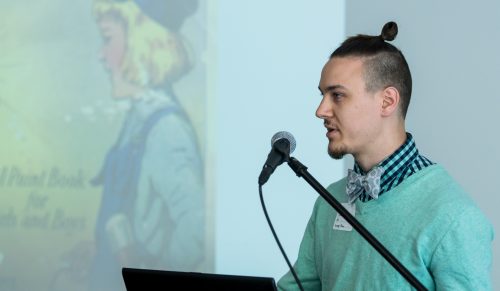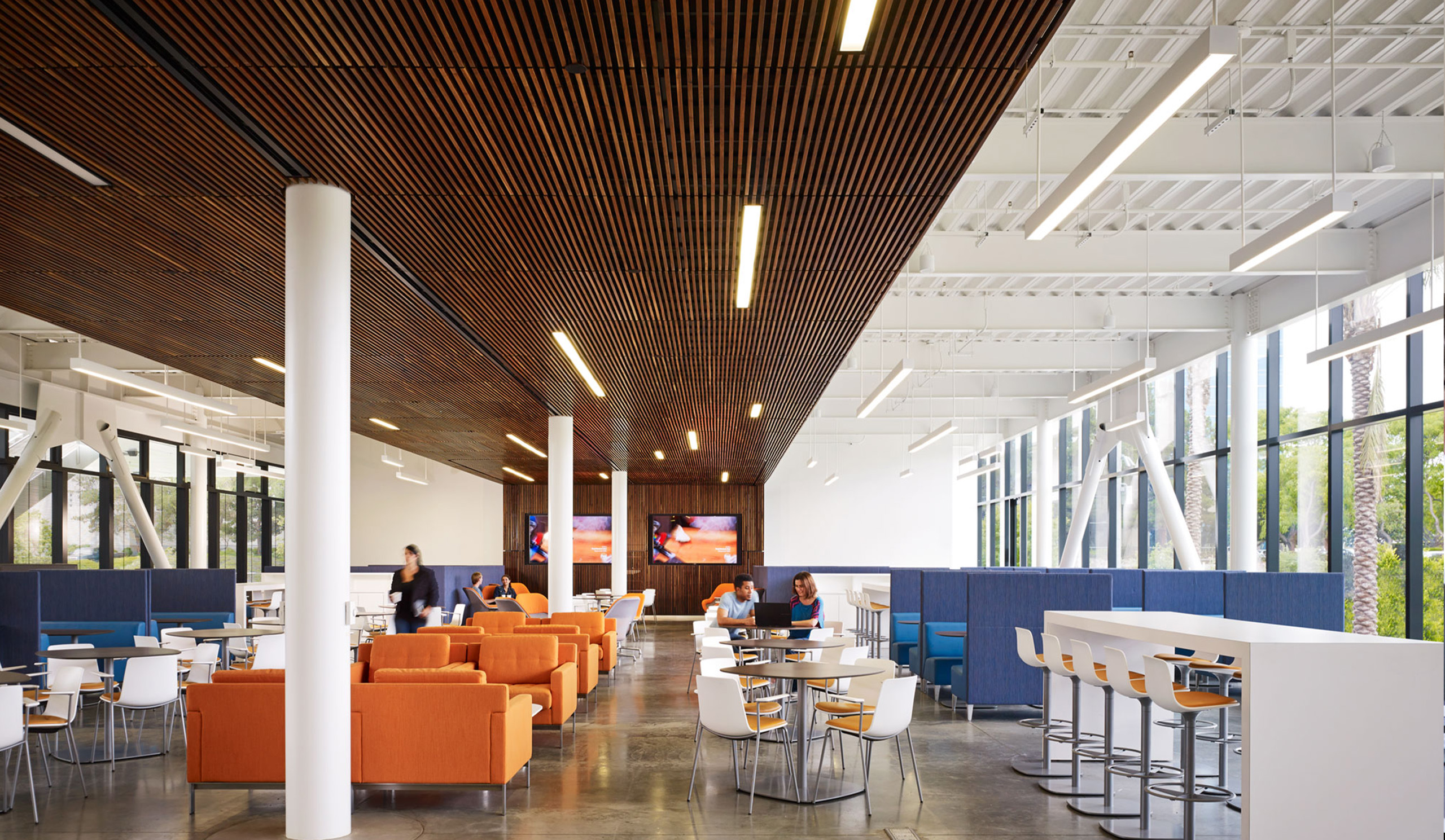
Designing Practice: A Human Purposed Approach
The following editorial is the first in a series of writings that explore BNIM’s human-purposed approach to design grounded in a project called designing practice; the subsequent posts delve into BNIM’s process and culture through individual reflections.
—
What makes us human? Though a deceivingly simple question, the answer remains terribly elusive. However, the resulting line of inquiry holds the potential to dramatically shape how we live. Designers inherently partake in this investigation. We form processes and objects through reflection and exploration, discovering the world around us through the lens of personal experience. Likewise, designers can leverage this approach to elevate the human condition.
As we attempt to address the question, consider two recent ideas. The first, suggested by the British primatologist Richard Wrangham, argues that cooking makes us human. As the only animals that cook our food, Wrangham concludes that cooking has shaped both human physiological evolution and culture. The second idea, proposed by literary scholar Jonathan Gottschall, states that humans are the only animals that tell stories. As such, narratives and living our lives through stories forms an essential part of being human. While the two ideas have their own shortcomings, they are both an intentional process of synthesis that creates something new with greater meaning through multiple parts.
As explained through my recent Architizer editorial, I was given the opportunity to take measure of BNIM’s culture and trajectory through its people. The process allowed me to better understand how multiple voices and ideas are continuously synthesized and reimagined into BNIM’s human purposed approach. The following conclusions expand upon that approach and how BNIM is working to improve lives and inspire change.
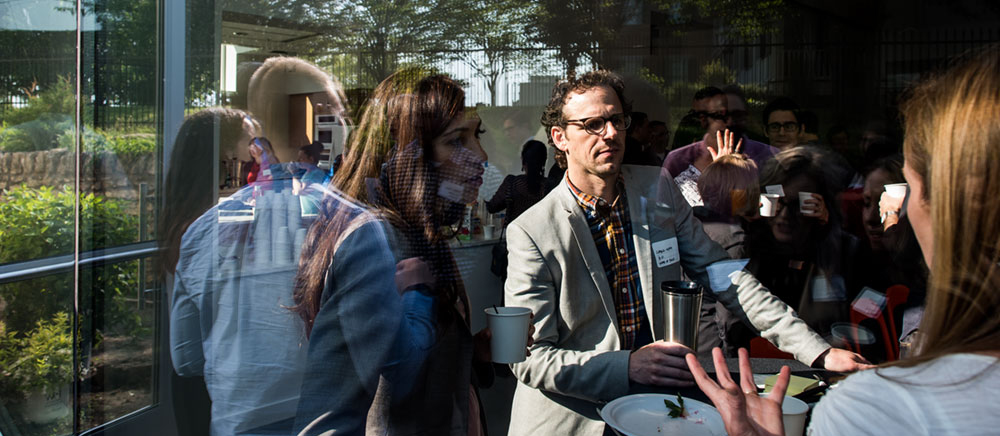
Storytelling
Explored through the 2016 BNIM Symposium, a human purposed approach centers on BNIM’s ability to build compelling spatial narratives. In 1897 Mark Twain wrote a short essay on how to tell a story. Grounded around four observations, Twain wrote about a powerful storytelling device he dubbed “the pause.” He explains it as a break that adds an “incongruous remark.” I came to realized how this “pause” accurately represents BNIM’s projects and shared aspirations. BNIM creates designs which are incongruous or unexpected, that break with accepted ideas to achieve higher standards of excellence and beauty. Look no further than projects like the Todd Bolender Center or Greensburg City Hall, where formal and spatial narratives are constructed through wonderfully surprising experiences. Moreover, teams work to continuously redefine how these unexpected “pauses” are shared, educating across disciplines and elevating project excellence throughout the larger design community.
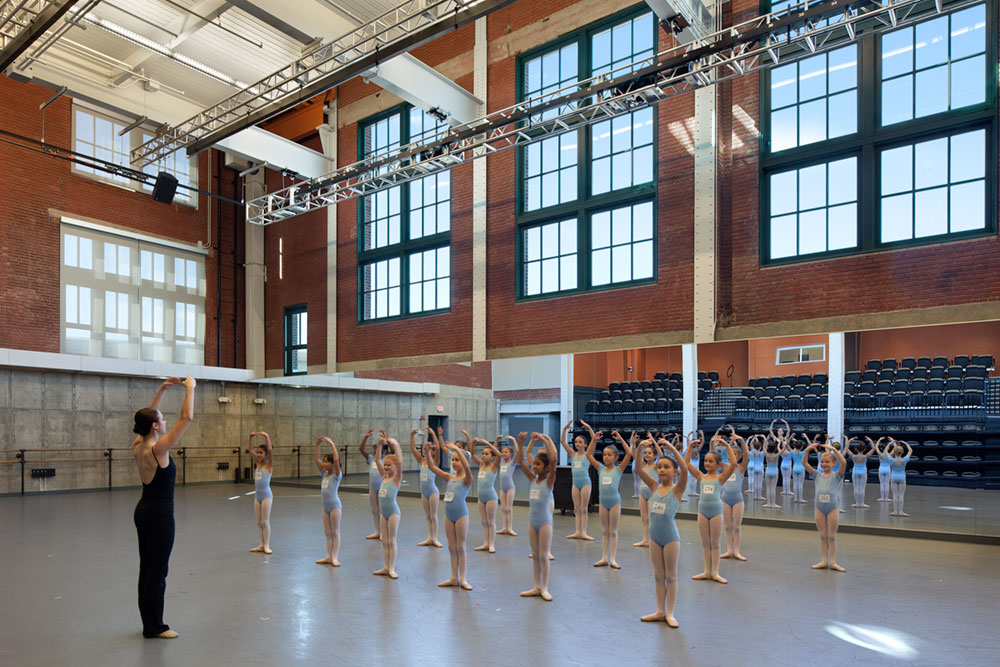
Self-Critique
Witnessing how BNIM practices firsthand, I came to realize how a human centered approach fosters great design through self-critique. This holds especially true as we critique how we work. Each discipline and department at BNIM operates with their own inherent strengths: SPARK (the marketing, communications and brand team) communicates seamlessly, Planscape (the landscape and planning team) tackles broad issues through collective impact, and Interiors builds community by simultaneously working together and dispersing throughout studios. Together, teams continuously improve through reflection.
Beyond the studio structure, great projects arise from diverse models of critique. The Des Moines office reviews work through a shared communal tack wall while encouraging a culture of questioning. In San Diego, a similar wall acts as a gathering point every Thursday, organized by project and overarching design concepts. Taking advantage of multiple surfaces, Los Angeles digitally projects work to enhance design excellence. Throughout BNIM, self-critique is being encouraged through multiple scales and spaces. BNIM discovers what makes us human by consistently critiquing and building a culture of curiosity.
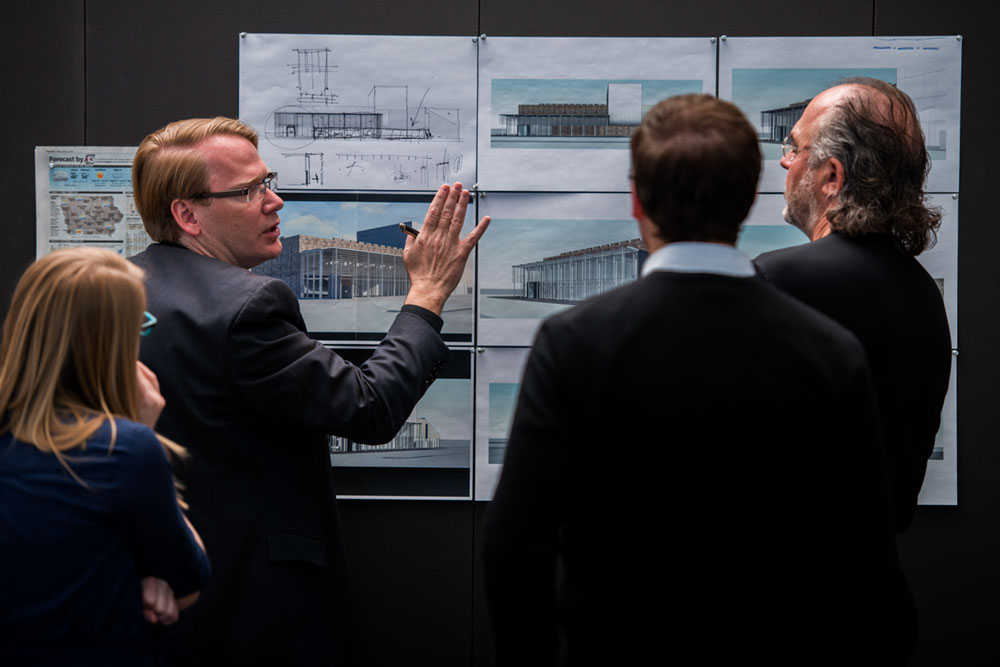
Building Culture
Spanning across multiple cities and offices, BNIM understands the power of bringing people together. Whether through the annual symposium each spring, the THRIVE review process built around mentorship, or leveraging hidden talents from our incredible admin team, BNIM believes that no one knows as much as everyone. This spirit can be seen throughout the many projects where teams work across locales, utilizing strengths and building fellowship through collaboration. As we’ve come to realize, holographic hugs aren’t quite the same, and our work must extend beyond our office walls.
BNIM believes that building a strong culture begins with work that’s bigger than ourselves. Whether acting as facilitators to transform regional landscapes and ecosystems or helping design play structures BNIM helps guide a diverse array of community organizations. It’s both humbling and inspiring that BNIM’s human purposed approach can be felt throughout classrooms and embassies alike. Whether working with the U.S. Department of State or teaching a class at Kansas State University, the people at BNIM have touched countless lives through a desire to build a better world.
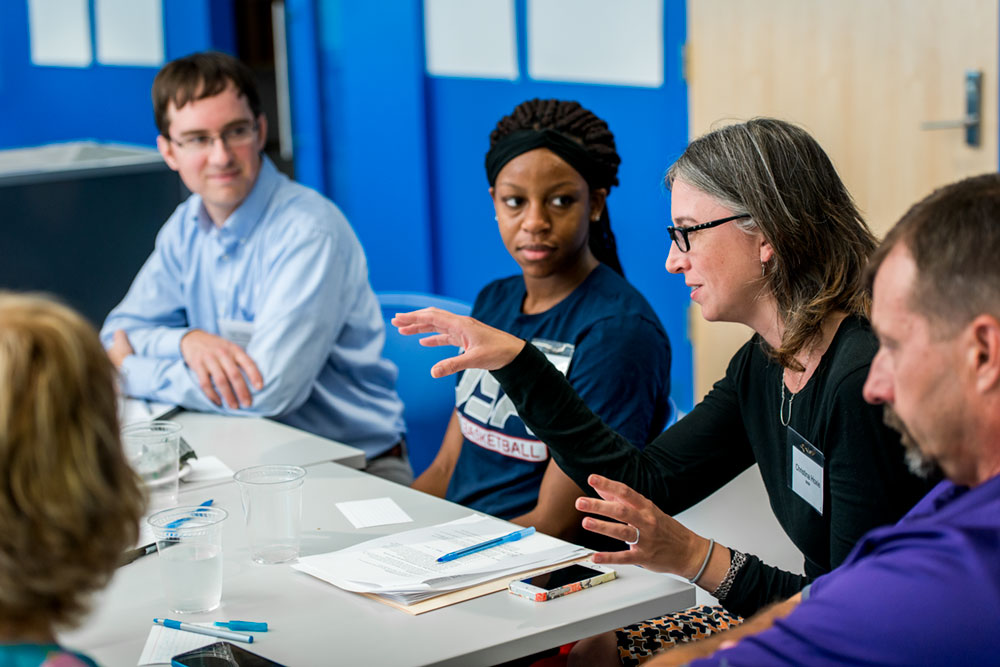
The Unexpected
Throughout the Designing Practice project, the conclusion that resonated across every conversation was a steadfast optimism for what the future holds. Each individual sees BNIM as a mission-driven practice constantly seeking to better ourselves and our work. We are a group of designers looking for the best in one another and the places we engage with, to uncovering the ethos of that which surrounds us. This approach is achieved by embracing the unexpected and recognizing the latent potential of broader systems. As such, BNIM values research and prototyping to build space for experimentation and fresh perspectives. Continuously improving knowledge sharing and fostering innovation, the practice achieves Twain’s “pause” through designs that are as beautiful as they are performative and human.
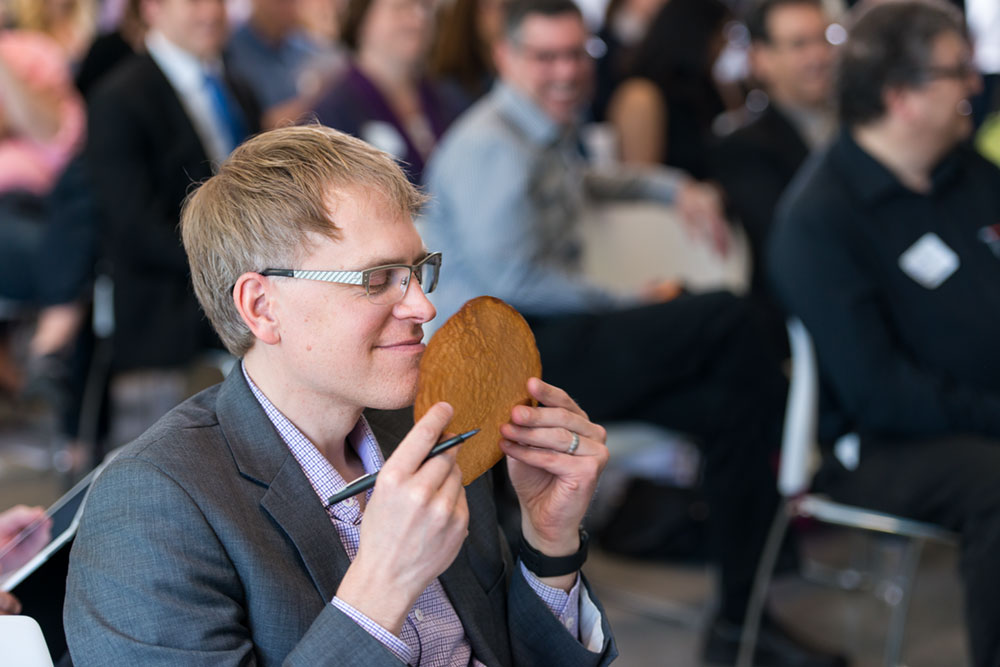
A Human Purposed Approach
Many people at BNIM are familiar with an infamous quote by Admiral James Stockdale from his 1992 vice-presidential debate. When asked for his opening statement, Stockdale began by stating “Who am I? Why am I here”? While the admiral would eventually earn an unfavorable public perception for his unfocused debate performance, his questions bring us back to BNIM’s human purposed approach. As a practice built around enhancing the human condition, BNIM aspires to shape how we live by questioning what makes us who we are. Exploring the potential of storytelling, reflection, and collaboration as human endeavors, BNIM celebrates the unexpected through projects and practice. Like cooking and telling stories, the Designing Practice project was a synthesis, a combination of many voices that make up ONE BNIM. In the end, I found that BNIM’s greatest strength lies in its capacity to question itself and reimagine the world as we find it. To investigate what makes us human, and celebrate the discoveries we find along the way.
Posted to Medium.
